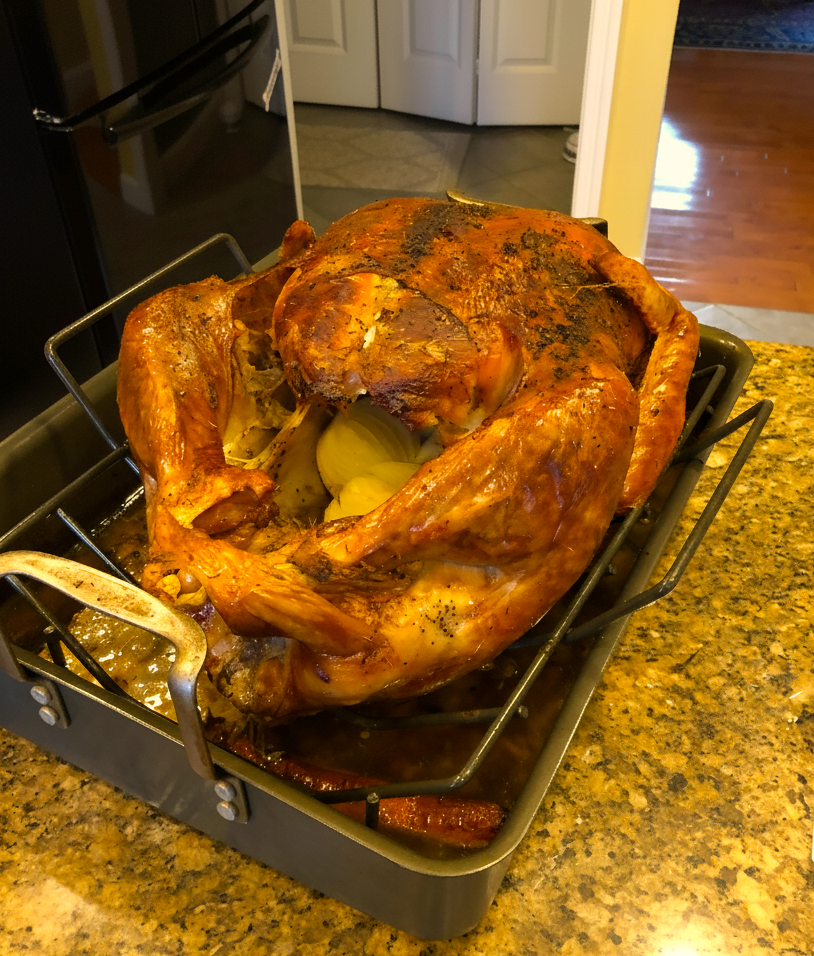The Best Apples In New England
- Jen Vondenbrink

- Oct 24
- 3 min read

With fall comes apples and apple picking. I love a good weekend spent at an orchard, but have you ever been overwhelmed by the sheer number of apples available?
It's easy to grab a bag of the first variety you see, but trust me, knowing the difference between a Mac and a Macoun is the secret ingredient to turning a good pie into a great one, or choosing the perfect apple for your next cheese board.
Since I’m in New England and love to focus on local specialties, let’s dive into the essential New England apple lineup. These are the stars of the show that truly define fall flavor in my part of the world.
The Appetite for Life Essential New England Apple Guide
Apple Variety | Flavor Profile | Availability | Best Uses |
McIntosh (The Mac) | Sweet-Tart & Aromatic. Features a tender, juicy white flesh that carries a lovely, floral aroma. | Late September – Spring (when stored well) | Sauces & Snacking. The classic choice for applesauce and cider because it breaks down quickly when cooked. Best for eating fresh, though many still love it for a soft, comforting pie filling. |
Cortland | Mildly Sweet with a Hint of Tartness. A larger apple with crisp, snow-white flesh. | Mid-to-Late September | Salads & Freezing. This is the ultimate salad apple because its flesh is slow to oxidize (brown) after being sliced. Great for kabobs, fruit trays, and any recipe where you need slices to hold their color and shape. Excellent all-purpose baking apple. |
Macoun | Sweet, Crisp, and "Fall-Spicy." Considered by many in the Northeast to be the finest eating apple. Extremely crisp, juicy, and less prone to mealiness than its parent, the McIntosh. | Early to Mid-October | Fresh Eating! Seriously, buy a bag and eat them raw. They have a fantastic crunch and complex flavor. Use them for caramel apples, too, or in a fresh cheese board. |
Honeycrisp | Sweet & Juicy. The name says it all. Explodes with juice and has an unmatched, crunchy texture with a balanced, slightly tart finish. | Mid-September – Early October | Eating & Crisps. The king of snacking. Their complex flavor makes them wonderful for simple baked crisps or crumbles where you want the apple chunks to stay separate and firm. They also make excellent, sweet cider. |
Paula Red | Firm & Tart. An early-season apple that's sharper than a Mac, with a definite tang. | Late August – Early September | Applesauce! They are the absolute best for early-season applesauce or butter. Their sharp flavor softens beautifully when cooked, creating a vibrant, flavorful sauce. Because they break down so nicely, I don’t recommend them for pie filling if you want structure. |
Tips for Perfect Apple Pies
If you're making an apple pie or handpies, the biggest mistake people make is using only one type of apple! A single variety can be a bit one-note.
The secret to a truly perfect filling is mixing:
A Firm-Tart Apple: (like a Cortland or Granny Smith) for structure and acidity.
A Tender-Aromatic Apple: (like a Mac or Paula Red) for flavor depth and to create a lovely, saucy filling that glues the pie together.
My favorite is a 50/50 mix of Cortland (for body) and McIntosh (for flavor), and you'll have a pie that is sweet, tart, aromatic, and perfectly set.
Enjoy Apple Season to the Fullest!
Jen Vondenbrink is a cooking, food, and lifestyle blogger at Appetite for Life since 2020. Jen Vondenbrink has over 35 years of professional cooking experience apprenticing with local pastry and artisan bread makers, working for culinary innovator J. Bildner & Sons in Boston, as well as Starbucks Coffee Company in Seattle, Washington. Jen Vondenbrink has published cookbooks such as Thanksgiving Recipes From Home, Fun Summer Recipes, and the Cozy Soup Cookbook. Jen Vondenbrink also hosts the Appetite for Life Cooking Club, where members get insights to enhance their cooking. Jen Vondenbrink offers cooking classes and cooking coaching, working one-on-one with people to strengthen their cooking knowledge and skills.






Comments